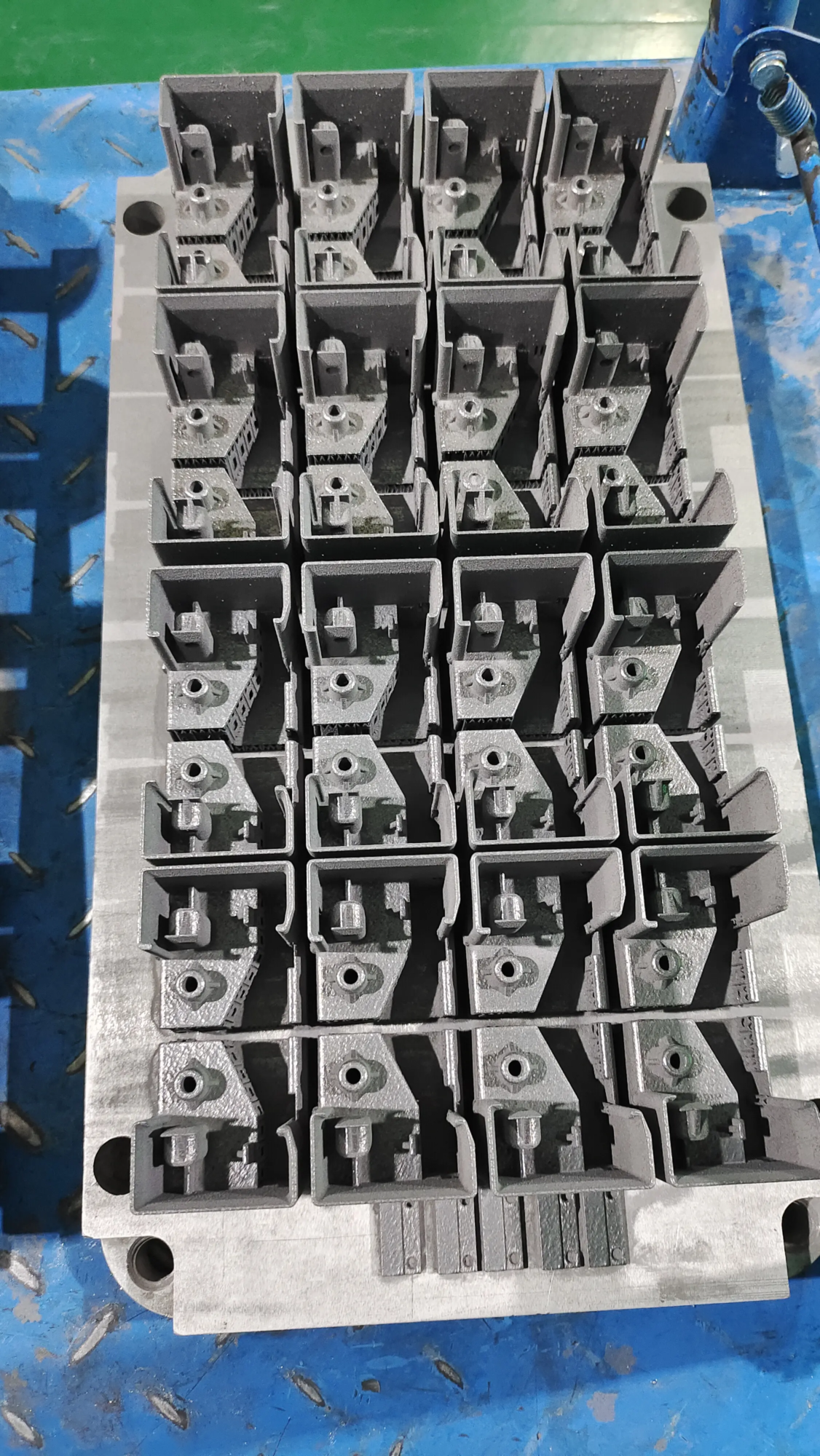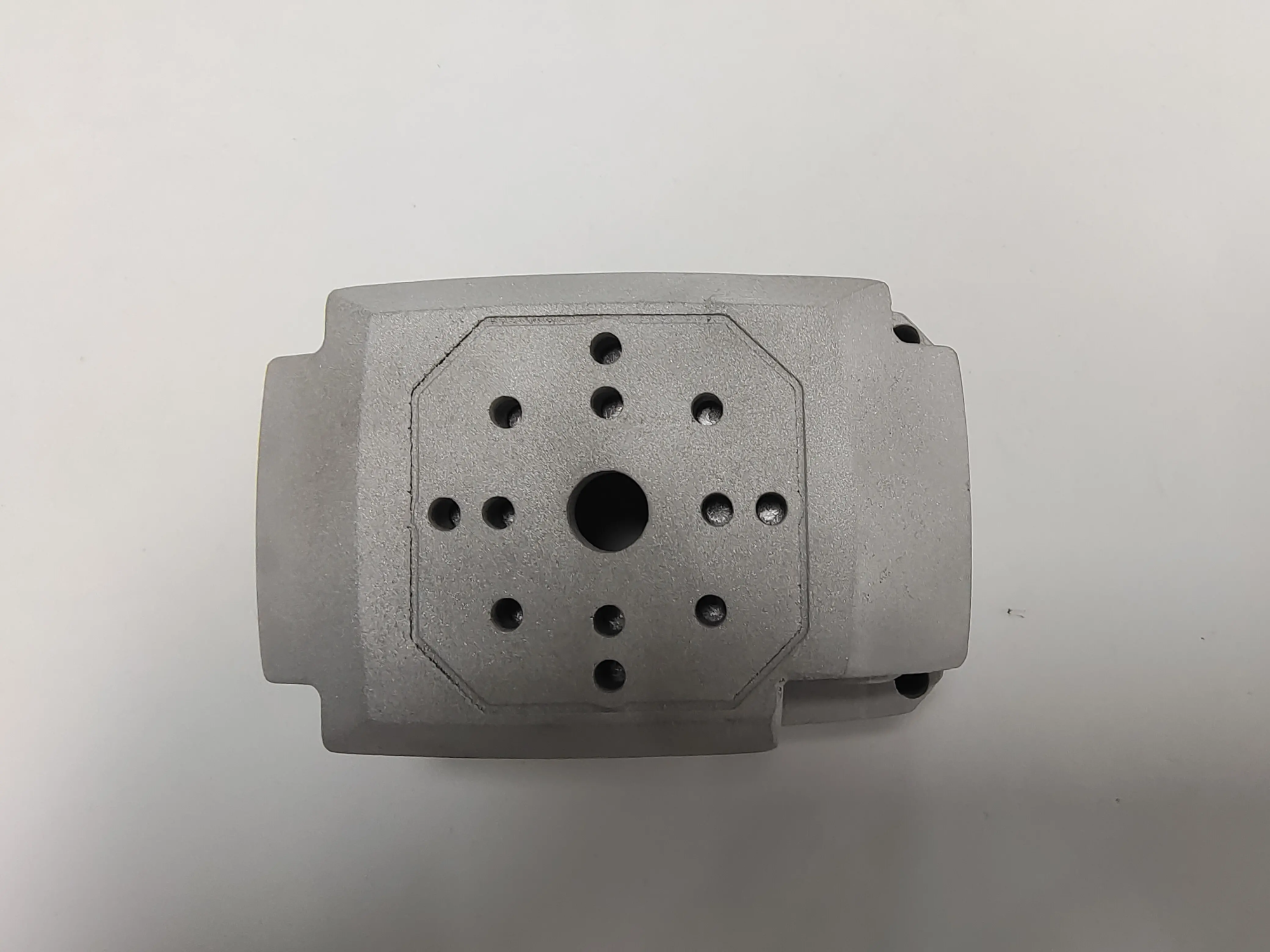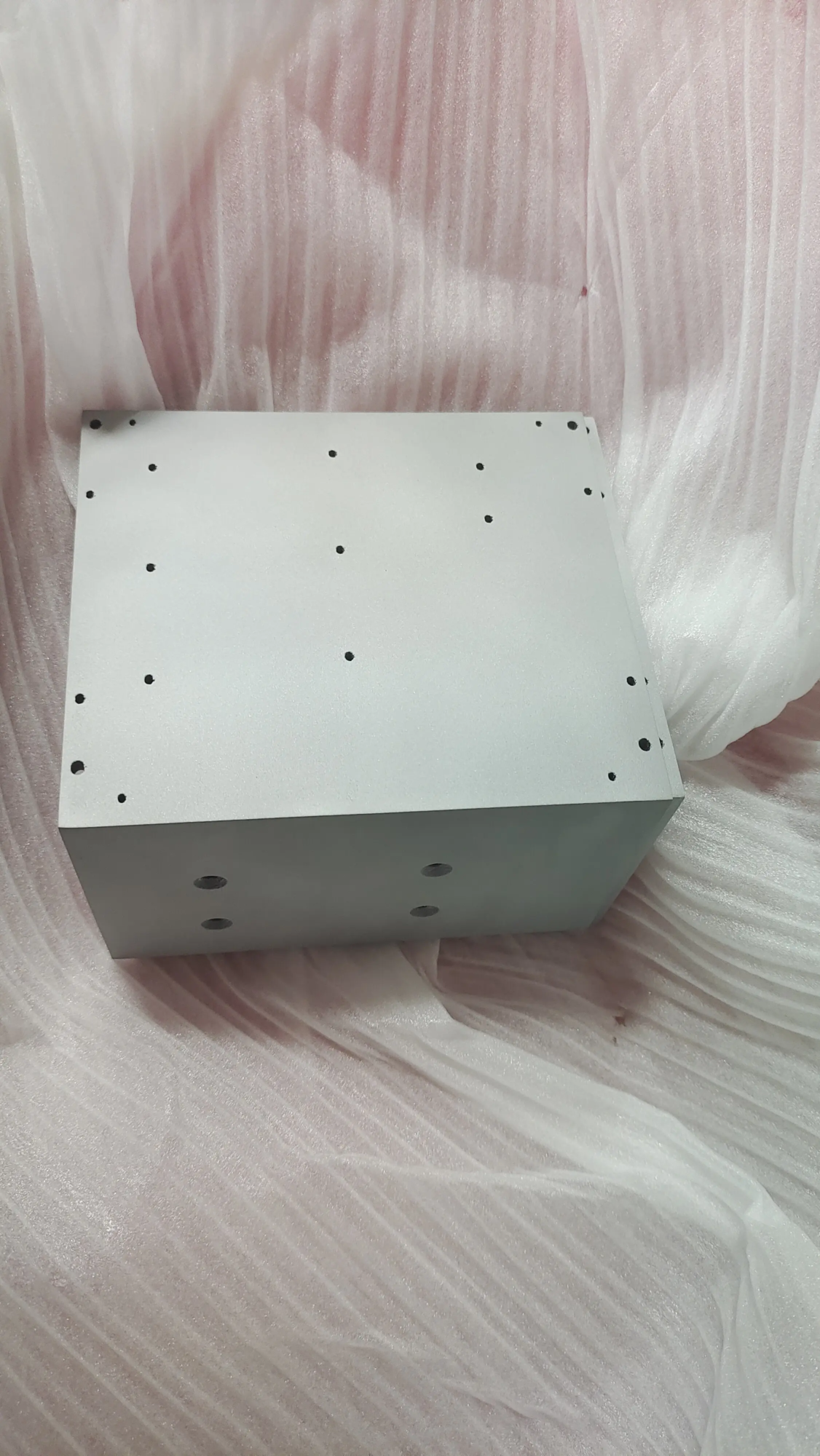As professionals in the field of rapid prototyping, it is necessary to understand the complexity of 3D printing code to produce high-quality precise parts. In this article, we will dig into the world of 3D printed code and explore its meaning, key elements, and best practices. Whether you are an experienced engineer or a passionate amateur, this comprehensive guide will help you navigate the complexity of 3D printing code and unlock the full potential of 3D printing efforts.
Understand 3D printing code
3D printing code, also known as G code, is a set of instructions that communicate with a 3D printer and guide through the printing process. The code consists of a series of commands, each specifying a specific action, such as moving the printhead, extruding the material, or adjusting the temperature. The accuracy and completeness of the 3D printing code directly affects the quality and success of the printed part.
Key elements of 3D printing code
To create effective 3D printed code, it is crucial to understand the following key elements:
- Layer and layer height: The layer height determines the resolution of the printed part. Smaller layer heights lead to a more detailed, smoother finish.
- Fill density and pattern: Fill density and mode affect the strength, weight and substance use of the part. Higher fill density provides greater strength, while lower density reduces material consumption.
- Supporting materials: Supporting materials are required for printing dangling features or complex geometry. The type and quantity of support materials used can significantly affect print time and post-processing requirements.
- Speed and acceleration: Printing speed and acceleration affect printing time, material deposition and overall quality. Faster print speeds can lead to lower quality, while slower speeds can lead to longer print times.
Best practices for 3D printing code
To optimize your 3D printed code and achieve excellent results, follow these best practices:
- Using slicer software: Use reliable slicer software such as Cura or slic3r to generate and edit your 3D printed code.
- Calibrate the printer: Calibrate your 3D printer regularly to ensure accurate dimensions and prevent errors.
- Optimize printing parameters: Try different printing parameters such as layer height, fill density and speed to find the ideal balance for a specific print job.
- Monitoring and adjusting: Continuously monitor the printing process and adjust the 3D printing code as needed to prevent errors and ensure optimal results.
Advanced technology and considerations
For more complex printing assignments or professional applications, consider the following advanced techniques and considerations:
- Multi-matter printing: Use multi-matter printing to create parts with different properties, such as color, texture or rigidity.
- Post-processing: Apply post-processing techniques, such as polishing or painting, to enhance the aesthetic and functional properties of the printed parts.
- Material selection: Choose the material that suits your printing job, considering factors such as strength, durability and thermal resistance.
in conclusion
Mastering 3D printing code is essential to producing high-quality precise parts. By understanding the key elements, best practices, and advanced techniques outlined in this guide, you will make a lot of sense in unlocking the full potential of your 3D printing efforts. Whether you are a professional engineer or a passionate amateur, this comprehensive guide provides you with the knowledge and insights you need to solve even the most complex printing jobs. Remember to continuously monitor and adjust 3D printing codes to ensure optimal results and stay up to date with the latest developments in the 3D printing field.
FAQs (FAQs)
Q: What is 3D printed code and why is it important?
Answer: 3D printing code, also known as G code, is a set of instructions that communicate with a 3D printer and is guided through the printing process. This is crucial to producing high-quality, precise parts.
Q: How to create 3D printed code?
A: You can use slicer software (such as Cura or slic3r) to create 3D printed code, or you can write your own code in a programming language.
Q: What are the key elements of 3D printing code?
A: The key elements of 3D printing code include layer and layer height, fill density and pattern, support material, and velocity and acceleration.
Q: How to optimize my 3D printing code?
A: To optimize your 3D printing code, use slicer software to calibrate the printer, optimize the printing parameters, and continuously monitor and adjust the code as needed.
Q: What are the advanced techniques and precautions for 3D printing code?
A: Advanced technologies and considerations include multi-material printing, post-treatment and material selection.





